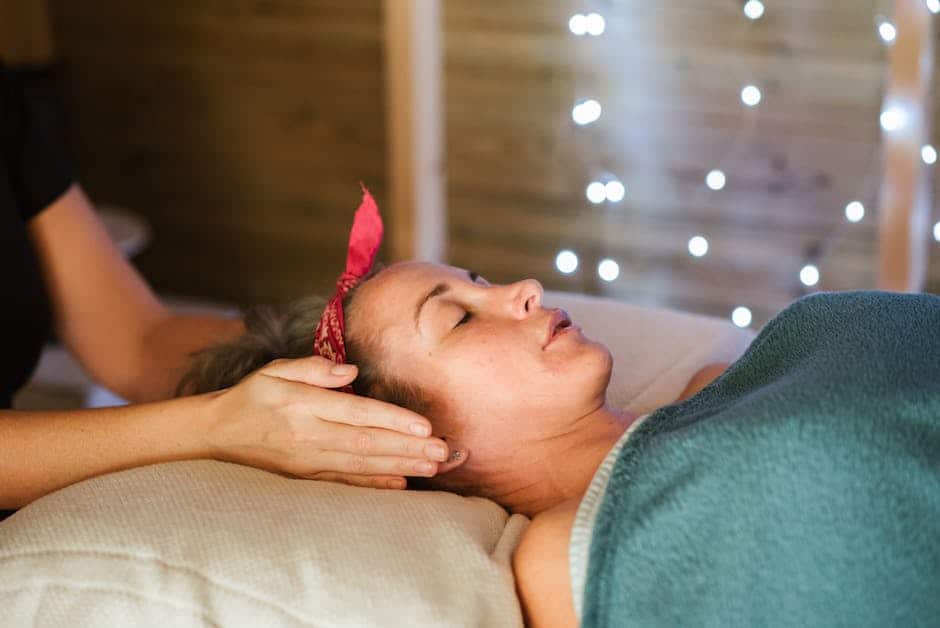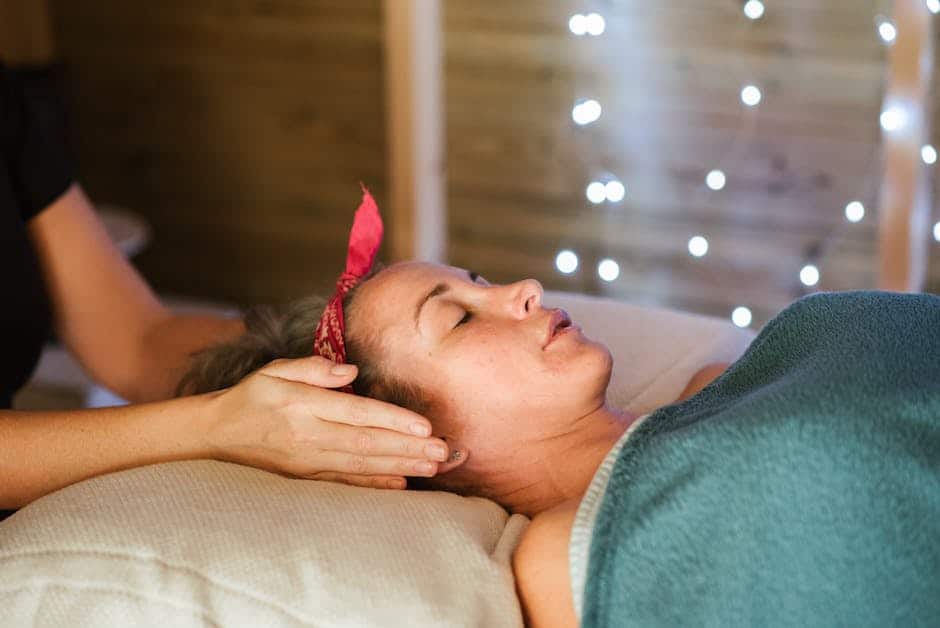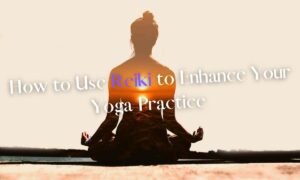This intricate system, where practitioners harness universal energy and direct it to the body to promote wellness and healing, is not just a treatment modality but also a spiritual practice rooted in ancient tradition.
Understanding the Basics of Reiki
Reiki, for those who may be questioning, is a form of energy healing that originated in Japan in the late 1800s. It revolves around the principle that the human body has energy fields that can be channeled to support one’s physical and emotional well-being. Known as “life force energy,” this energy guides the hands, either hovering over or lightly touching the body, to help in the flow and balance of internal energy.
Reiki practitioners believe that, when one’s energy is low, they more likely to be ill or feel stress; if it’s high, they are more capable of health and happiness. Reiki taps into these energy fields to remove blockages, detoxify the system, and restore vitality. In a Reiki healing session, comfort and relaxation are prioritized. The technique employs gentle, specific touch patterns to transmit restorative energy, with the intention of reducing stress, promoting relaxation, and supporting natural self-healing mechanisms.
The healing art of Reiki might seem esoteric to some, but in the hands of trained practitioners, it offers a unique avenue for wellness. It’s essential to note that while Reiki can be a powerful addition to any wellness regimen, it should never be construed as a replacement for conventional medical treatment. Its role is to complement and enhance, lending itself as a non-invasive, therapeutic tool in the pursuit of overall well-being.

The Benefits and Uses of Reiki
Diving deeper into Reiki’s role towards wellness, this energy-based practice can impeccably mesh with virtually any healthcare routine, particularly when it comes to promoting emotional health. Reiki’s gentle energy may encourage the release of emotional blockages contributing to long-term stress, anxiety, or depression. By using Reiki, you can help rejuvenate this emotional equilibrium, enabling you to better handle those everyday life challenges. This doesn’t mean that Reiki should serve as a sole treatment methodology for these conditions, but it can be instrumental when integrated into a broader mental health strategy designed by a healthcare professional.
As an immensely flexible practice, Reiki sessions can be tailored to meet each individual’s needs. The energy work can be performed not only in person but also from a distance, making it an accessible modality for those who may be housebound due to illness or disability. While adaptability is a crucial aspect of Reiki, alignment with your needs is equally paramount. For instance, if you’re managing chronic pain, Reiki can be used concurrently with medically recommended treatments, potentially enhancing pain management outcomes. Similarly, those undergoing stressful procedures like surgeries or chemotherapy could use Reiki to support their medical treatment protocol, helping to mitigate side effects and enhance overall comfort.
The beauty of Reiki lies in its holistic approach to well-being. The focus is not solely on symptoms but on addressing root causes of imbalances in our ‘life force energy.’ This focus enables Reiki to help create a more balanced, harmonious environment within, boosting overall resilience and fostering a more profound sense of wellness. In a world where imbalance can cause discomfort and disease, the restoration brought about by Reiki has profound implications for personal well-being. So, whether it’s a physical illness, emotional stress, or a general need for calming moments in a chaotic world, Reiki’s gentle, therapeutic influence can be there to lend a balancing hand. It’s an intriguing facet of well-being that’s certainly worth exploring.

Learning and Practicing Reiki
Delving into the world of Reiki begins with proper education, and this often involves enrolling in a Reiki class or training program. These courses are taught by experienced Reiki Masters who follow a lineage traceable back to the practice’s founder, Mikao Usui. Course offerings vary, with the first level focusing on self-healing and energy channeling techniques, while subsequent levels expand on learning to perform Reiki on others and understanding the use of symbols in the process. Over time, and after sufficient practice and mastery, an individual can also aspire to become a Reiki Master themselves.
Learning is just the first half; the other half involves practice. Regular practice of Reiki, whether it be on self or others, helps to maintain a balanced life force energy and promotes a harmonious flow in the energy centers, or chakras. A commitment to practice is essential, and this could mean setting aside specific time each day to focus on Reiki. Integrating meditation into one’s daily routine can be a helpful ally in this endeavor, as it assists in preparing the mind for energy movement and channeling. Additionally, self-care is a significant part of the practice. The beauty of Reiki lies in its simplicity – it requires no special equipment, just the willingness and intent to heal.
Moreover, an important aspect of practicing Reiki is adhering to its ethical guidelines. It’s imperative to remember that while Reiki has powerful healing potentials, it should never be misused or exploited. Respect for oneself and the person receiving treatments goes hand in hand with the focus on integrity that is a key part of Reiki practice. Ultimately, the practice of Reiki is a journey of self-discovery, service, and a celebration of the life force energy that resides in us all.

Delving deeper, we examined how to begin the journey of learning and practicing Reiki, navigating through its three traditional degrees each carrying its own unique learning curve and attunement process. Sublime yet powerful, Reiki transcends being a mere remedy into a lifestyle and a route to self-improvement, nurturing both the body and mind. The profound understanding of this energy healing art not only empowers individuals to actively contribute to their own health and wellbeing but creates ripples of positive energy that can touch the lives of others around them.



